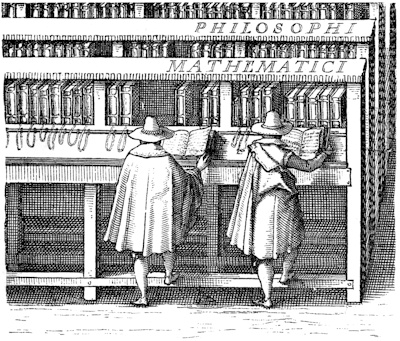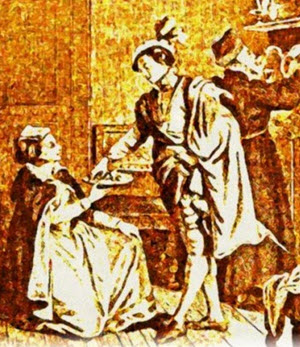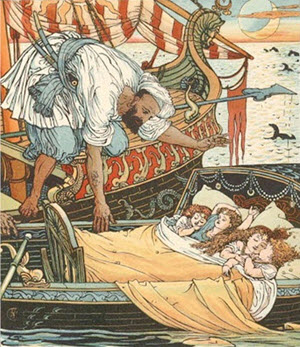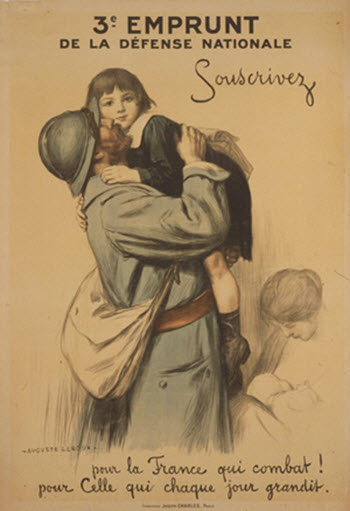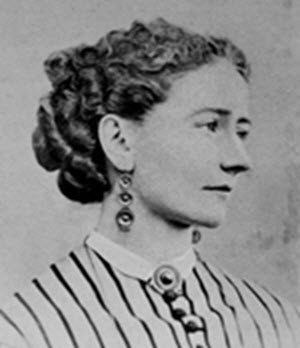Medieval Libraries and Manuscripts
I must begin with a few words about Roman libraries, because their methods influenced the Middle Ages, and are, in fact, the precursors of those in fashion in our own times. The Romans preserved their books in two ways: either in a small room or closet, for reading elsewhere; or in a large apartment, fitted up with greater or less splendour, according to the taste or the means of the possessor, in which the books were doubtless studied as in a modern library. An instructive example of the former class was one of the first discoveries at Herculaneum in 1754. It was a very small room, so small in fact that a man who stood with his arms extended in the centre of it could almost touch the walls on either side, yet 1700 rolls were found in it. These were kept in wooden presses (armaria) which stood against the walls like a modern bookcase. Besides these a rectangular case occupied the central space, with only a narrow passage to the right and left between it and the wall-cases. These cases[Pg 10] were about a man's height, and had been numbered. It may be concluded from this that a catalogue of the books had once existed. In larger libraries the books were kept in similar presses, but they were ornamented with the busts or pictures of illustrious men, under each of which was a suitable inscription, usually in verse.
It may be safely asserted that at no time has a love of reading, a desire to be fairly well-informed on all sorts of subjects, been so widely diffused as at the present day. As a necessary consequence of this the 'workshop' view of a library has been very generally accepted. I[Pg 8] have no wish to undervalue it; I only plead for the recognition of another sentiment which may at times be overlaid by the pressure of daily avocations. In Cambridge, at least, there is no fear that it should ever be obliterated altogether, for we have effected a happy alliance between the present and the past, by which neither is neglected, neither is unduly prominent. This being the case, it has occurred to me that I may be so fortunate as to interest a Cambridge audience while I set before them some of the results at which I have arrived in investigating the position, the arrangement, and the fittings of libraries in the medieval and renaissance periods. It will, of course, be impossible to attempt more than a sketch of so extensive a subject, and I fear that I must omit the contents of the bookcases altogether; but I shall hope, by a selection of typical illustrations, to make you realise what some of the libraries, monastic, public, or private, that fall within my period were like.[Pg 9]
No ancient figure of one of these book-presses has been preserved, so far as I have been able to ascertain; but, as furniture is apt to retain its original forms with but little variation for a very long period, a representation of a press containing the four Gospels, which occurs among the mosaics in the Mausoleum of the Empress Galla Placidia at Ravenna, though it could not have been executed before the middle of the fifth century, may be taken as a fairly accurate picture of the book-presses of an earlier age. It is unnecessary to describe it, for it is exactly like a still later example which I am about to shew you. This picture occurs at[Pg 11] the beginning of the MS. of the Vulgate called the Codex Amiatinus, which is now proved to have been written in England, at Wearmouth or Jarrow, but probably by an Italian scribe, shortly before 716. The seated figure represents Ezra writing the Law.
Next: Book Presses